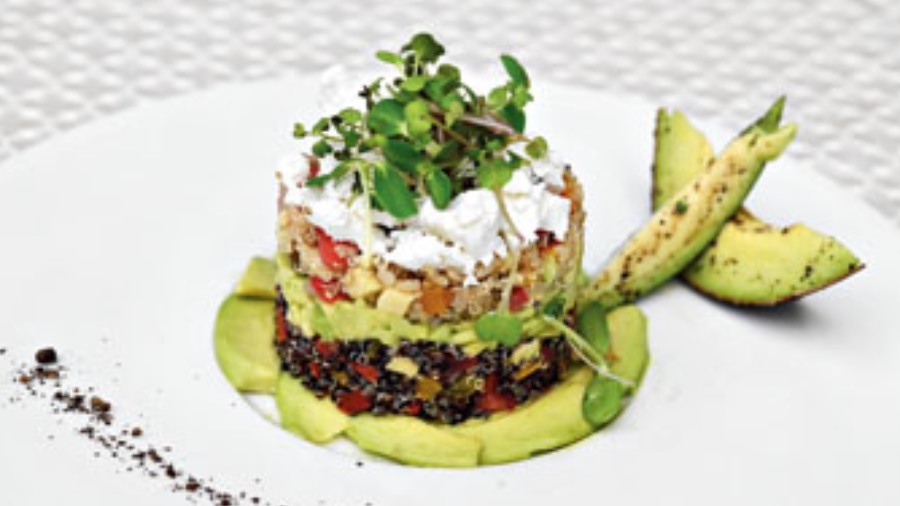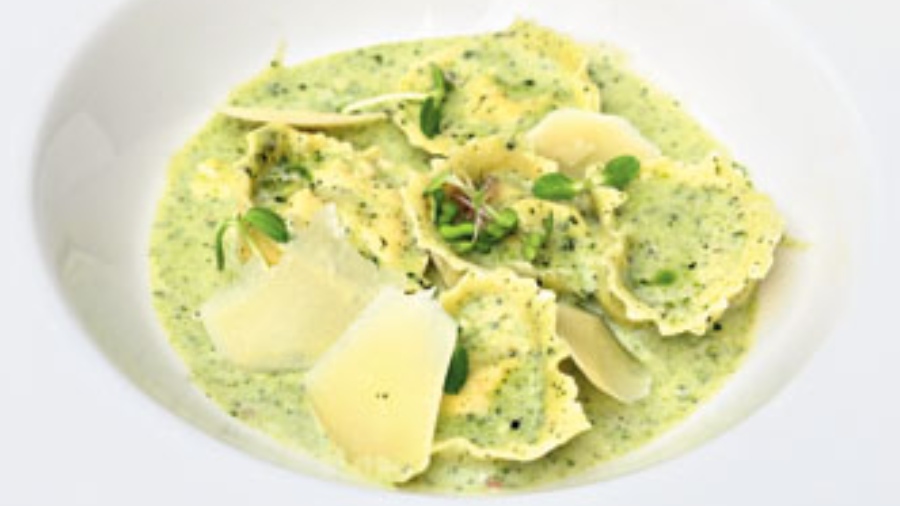He’s traversed the country for over 30 years as a Taj chef, and his current stop is Kolkata. The Telegraph chatted with Nitin Mathur, executive chef, Taj Bengal, on his journey so far, his food philosophy and more.
How does it feel to be back?
Nice vibes. Taj Bengal has always been great when it comes to F&B. It’s always had a name. It’s good to see that even after so many years, people are still flocking to our restaurants and packing in and waiting in queue over the weekends.
What are some of the key career highlights that you would like to share?
I’ve been with Taj for 30 years now. In 2007 I went to Taj Mansingh Delhi. The highlights there were the opening of Varq and Wasabi. I had a great experience and acquired the know-how of opening these places.
Then I moved to Taj Krishna in Hyderabad. It was again a different and buoyant market. It’s famous for high profile weddings in the city, so again F&B wise there was great scope. It also has Golden Dragon, a Chinese restaurant and Firdaus, their Hyderabadi and Indian- cuisine centric space.
I was in Hyderabad for nearly nine years. We were very famous for our biryani, salan, and authentic Hyderabadi cuisine.
I then moved to Mumbai for Taj Santacruz and that too is a very dynamic and busy hotel with a very high occupancy rate, despite being such a young space. It has a huge coffee shop which is extremely busy.
What is your plan for F&B at Taj Bengal?
Keeping up with the times is something that will be on top of my plans. My focus is to make and keep making minor tweaks here and there so that we keep evolving continuously, and aren’t left behind. Both our specialty restaurants Sonargaon and Chinoiserie still do well. It’s all about staying relevant so that our patrons still look forward to coming back.
What would be a cuisine that you specialise in?
I started as a bakery chef and then gradually moved to Indian cuisine. Subsequently, I picked up Chinese, and continental and all other cuisines. The bigger thing that I want to do here in Taj Bengal is a little bit of tweaking at Cal 27. Earlier when it was The Hub, we were known for our great Italian cuisine and I think we need to develop that market again.
My philosophy with regards to the new menu will also be to pick up signatures and bestsellers from our own house and rework and introduce them once again. Things need to be revived and glorified. Present them differently, talk about them more.
So, multi-cuisine is something that you are looking at?
Yeah, you can say that because for 30 years I’ve been all over the country and each city has its own style of food and each hotel has its own signature cuisine. I was even posted in a place like Varkala in Kerala, so my repertoire of food culture is quite strong. I also think that because of my postings, regional cuisine has become one of my strong points.
What would be your top three dishes?
To eat or to serve? (Chuckles)
For me, I’ll say that I believe in the value that don’t play around with traditional stuff. It would have to be some nice Indian, regional South Indian stuff. I still feel that South Indian repertoire for people here is pretty limited... either a Kerala, or a Chettinad dish. I’d even like to include these hidden gem sort of dishes in a special section in the Cal 27 menu. Our other restaurants are so specific that most of the experimentation can happen at Cal 27.
What are some of the ingredients that you love working with?
Fresh produce. All kinds of locally grown fresh stuff. I feel that treating your fresh vegetables and fruits correctly will work wonders for your dishes. If you see internationally also, chefs are known for their usage of produce and they will highlight where the meat has been picked from, where the fish has been caught, how the veggies have been grown and so forth.
Speaking of international trends, we’ve been hearing a lot about no-waste food and zero- waste cooking. What’s your take on that?
Wastage has always been on our priority list. There are hotels that have been doing stuff such as ‘forty mile menu’ where chefs have started doing menus that have ingredients all sourced within 40 miles. I believe these are great selling points, but also I feel there needs to be a balance with regards to what guests want, because when guests visit a five- star restaurant, they come here for the specialty food, dishes that go to the next level. So I think a combination of both needs to be achieved. You need to look into sustainable food. Millets are at the front end now. I think it’s a great thing to use, but you can’t run entire menus on such stuff. You’ll need to create a balance.
As far as wastage is concerned, you can see hotels shifting to smaller containers in the buffets, more fresh and locally grown stuff being used in the buffet, and in room service also there are half portions and tasting meals available. These kinds of things help us control wastage.
Personally speaking, what are some of the ingredients that you don’t like working with?
I think sometimes the dishes or the ingredients which are difficult to present are something that gets challenging to work with. For example, smaller whole fish is one thing that is extremely tasty, but you can’t do much with the presentation because you need to serve them whole. You can’t glorify it, you’ll have to present them as it is. Plus, it is very difficult to photograph as well.
Any chefs that you admire and really like?
I used to follow a lot of chefs internationally. But now I feel that every pocket has a good bunch of talent. Now even the smaller restaurants that are opening have a lot of research behind them and the chefs are excellent. The new talent is just phenomenal. I don’t want to take names because it can be pretty limiting.
You’ve been a chef for 30 years now. What’s your family’s take on your food?
I think as a chef at home you’re used more as a helper. (Laughs)
But I do cook on some occasions. There are different demands, as my children sometimes crave simple Chinese, or some grills and stuff. They’re always looking for snacky stuff. My wife will happily do meals but for snacks it is me that comes in.
You were in Hyderabad and in Calcutta now. What’s your take on the biryani?
Well, I really do like Hyderabadi biryani. It has a very distinct flavour to it. The Kachchi Biryani is an art because it involves cooking raw meat and rice together and at the right time.
Pictures: B. Halder
FROM CHEF MATHUR’S KITCHEN

Black and White Quinoa and Grilled Avocado Salad

Wild Mushroon Filo Wrap with Porcini Butter Sauce

Chicken and Mascarpone Tortellini with Creamy Pesto Sauce
